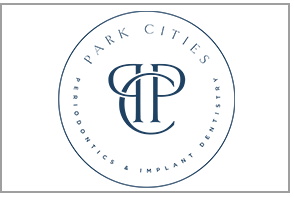The earliest stages of gum disease, such as gingivitis, are typically treated with a specialized deep cleaning, but advanced stages of periodontal disease may require surgical interventions to remove affected tissue. Specifically, surgery may be recommended when pockets have developed between the gums and the teeth or when the gums have receded.
Lasers can be used in a number of ways to treat patients with gum disease.
In the past, this may have meant that the periodontist would need to use rather imprecise surgical instruments for the procedure, and the thought of going under the knife often intimidated patients. A laser periodontist offers an improvement on periodontal surgery.
Lasers can be used in a number of ways to treat patients with gum disease. For example, a periodontist may use a technique called laser-assisted new attachment procedure, or LANAP.
In this procedure, a laser is set at a wavelength that specifically targets and eliminates gum disease and is inserted into the space between the gum and the tooth. The laser also detects roughness on the roots, where bacteria may collect in the future, and allows the periodontist to smooth those areas.
After bacteria has been cleared from the pocket, the laser enables coagulation. The soft tissue is pushed back up against the root, and a clot forms to stabilize the interface between the gum and the tooth.
LANAP generally is completed over a pair of two-hour sessions, while traditional surgery may require up to 10 appointments with the periodontist.
Lasers may also be used for cosmetic purposes, such as to re-contour an asymmetrical gumline.
In comparison to traditional surgical instruments, lasers come with a number of advantages. Patients have less swelling and bleeding with lasers, and they tend to heal more quickly.
Patients experience minimal discomfort with laser surgery, and there is little disruption to their regular routines. In fact, patients can typically return to work and eat a slightly modified diet on the day of the surgery.
By the time pockets have developed in the gums, periodontal disease treatment is essential before the condition progresses further and turns on the jaw with the potential of leading to bone and tooth loss.
If you are suffering from gum disease and are considering the LANAP treatment, but would first like more information, call the Dallas office of Dr. Beth Tomlin at 214-949-1836 to schedule a one on one consultation.
